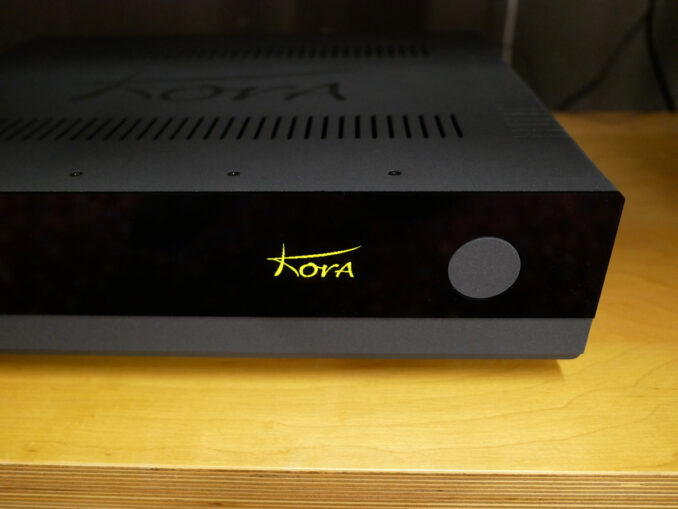
Do you know France-based Kora? Based in Toulouse, the ‘Silicon Valley’ of France, the company’s principals work in the Aerospace industry specializing in power supplies and signal treatment while also building integrated amplifiers that utilize tubes and transistors in an unconventional manner.
The TB140, TB200, and TB400 employ Kora’s patented Square Tube Circuit and differ mainly in output power with the TB140’s 70 watts per channel, the TB200’s 100 watts per channel (I appreciate logical product names), and the TB400’s 200 watts per channel. The company uses Motorola transistors in the Square Tube circuit and the number of transistors grows along with output power from four in the TB140 to twenty in the TB400.

Here’s the company on their Square Tube Circuit:
Four tubes are used to make a single amplification stage, hence the name! The SQUARE TUBE « outputs » a symmetrical signal with respect to the reference ( earth ). In other words, the signal goes alternately in the field of positive voltages (to push the diaphragm of the loudspeaker) and in the field of negative voltages (to pull the diaphragm). This unique capacity with vacuum tubes makes it particularly suitable for the design of audio amplifiers.
In your Kora amplifier, the SQUARE TUBE provides all the functions of amplification and control of the audio signal. At the output stage of the SQUARE TUBE, the signal is identical to the one which is input to the speakers. Complementary power transistors, audio and hyper-linear will give the current required by the speakers, but without interfering in the amplification of the signal.
We are definitely talking about a tube amplifier here!
A traditional tube amplifier would replace the 12AX7s found in the Kora’s output side with power tubes, e.g. 300Bs, i.e. big tubes, to amplify the small signal tube’s voltage, while adding an output transformer to deliver the current required to couple the amplifier’s output stage to the loudspeaker. In the TB140 we have the 12AX7s providing voltage amplification and instead of an output transformer, we have transistors providing current delivery.
The company claims this approach avoids a number of issues found in transformer-based amplifiers by offering no phase shifts on low or high frequencies, no bad coupling on low end, and no current limit. This last bit, no current limit, should translate into an iron grip on any speaker load.
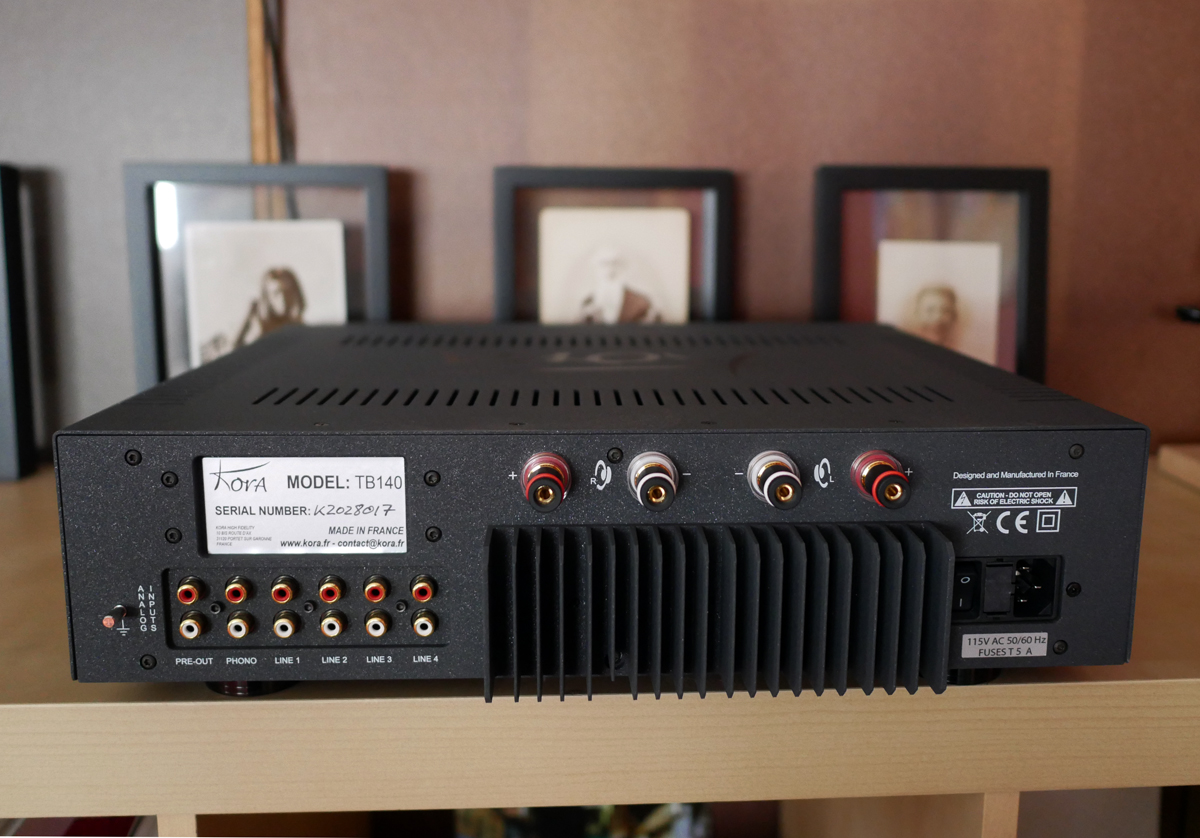
The TB140 offers four single-ended (RCA) line-level inputs, a MM Phono input, Pre-Out if you choose to use the TB140 as a power amplifier-only, a pair of speaker binding posts, the IEC inlet, and the power button all located on the unit’s back side. The Kora’s aluminum & steel chassis is a flecked Mineral Gray, while the front panel is about 3/4 glass behind which resides the yellow display. Rotating the flecked Mineral Gray circle to the right of the display with your fingertip adjusts the volume level while depressing it provides access to Set Up functions. These functions include adjusting the level of the clic sound that accompanies volume level changes, display brightness, balance, input gain settings for each input so you can level match between sources, display style where you can display balance and offset info, and By-Pass mode when using the TB140 with an external preamplifier. There’s an included remote that allows for a number of functions including the usual volume control and input selection.
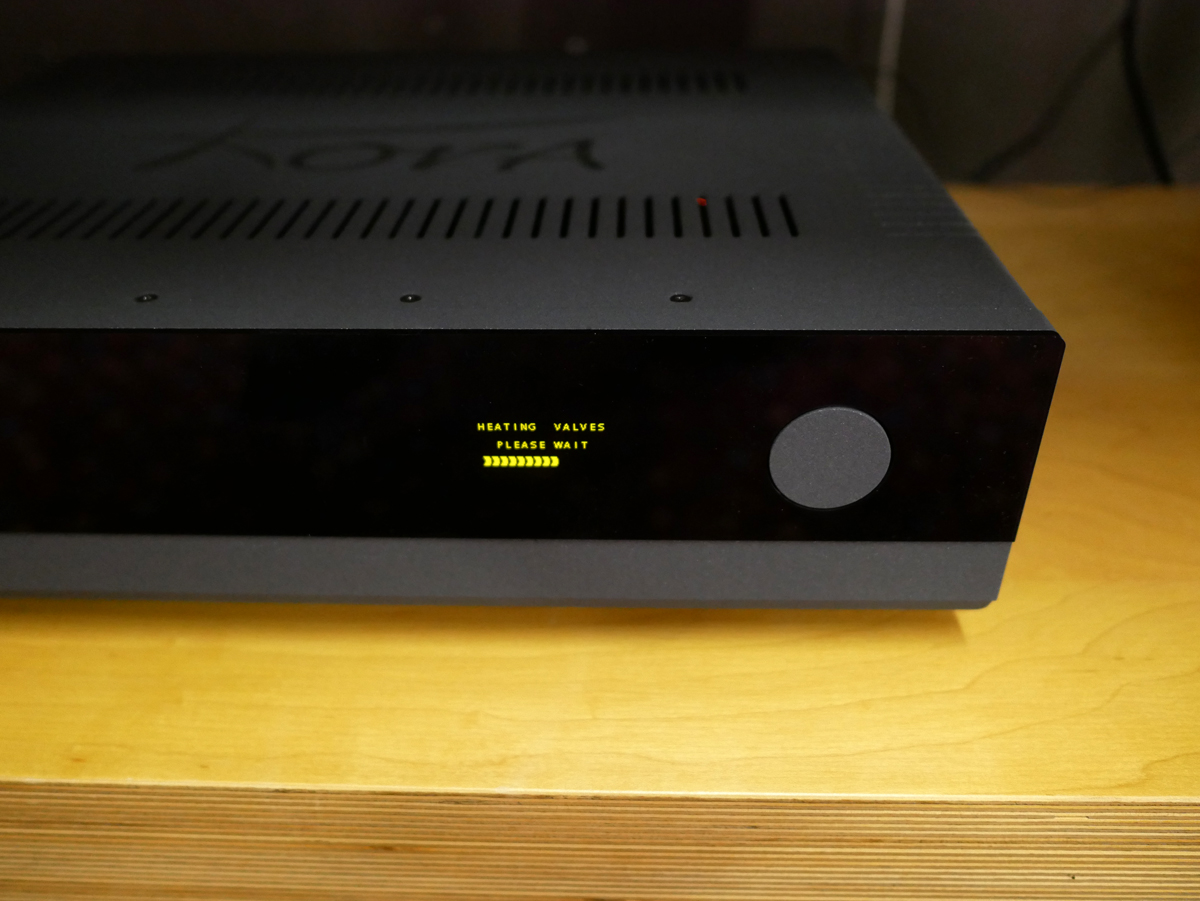
When you power up the Kora it goes through a short process of heating the tubes to allow them to stabilize and reach optimum operating condition before you play. The review unit was provided by Kora’s US Distributor, Prana Distribution, and came loaded with a pair of current production JJ Electronics ECC83s on the input side and NOS Mullard, labelled RTC, EE82s on the output side.
In case you were wondering about tube swapping to alter the sound of the TB140, Kora explains that their Square Tube approach pretty much negates this exercise:
The SQUARE TUBE technology is very different from a traditional tube circuit where the polarization point can vary greatly from one tube to another (tubes can have variations from +/- 30% !). In this case, changing tubes to different brands can bring massive changes in terms of performance and sound characteristics.
One of the primary features of the SQUARE TUBE circuit, unlike traditional tube circuits, is it imposes the polarization point on the tube. Therefore the tube itself will not have the latitude to vary to the point of imposing a different sound signature.
The good news is that SQUARE TUBE technology provides very stable sound reproduction regardless of the Tube one may use.
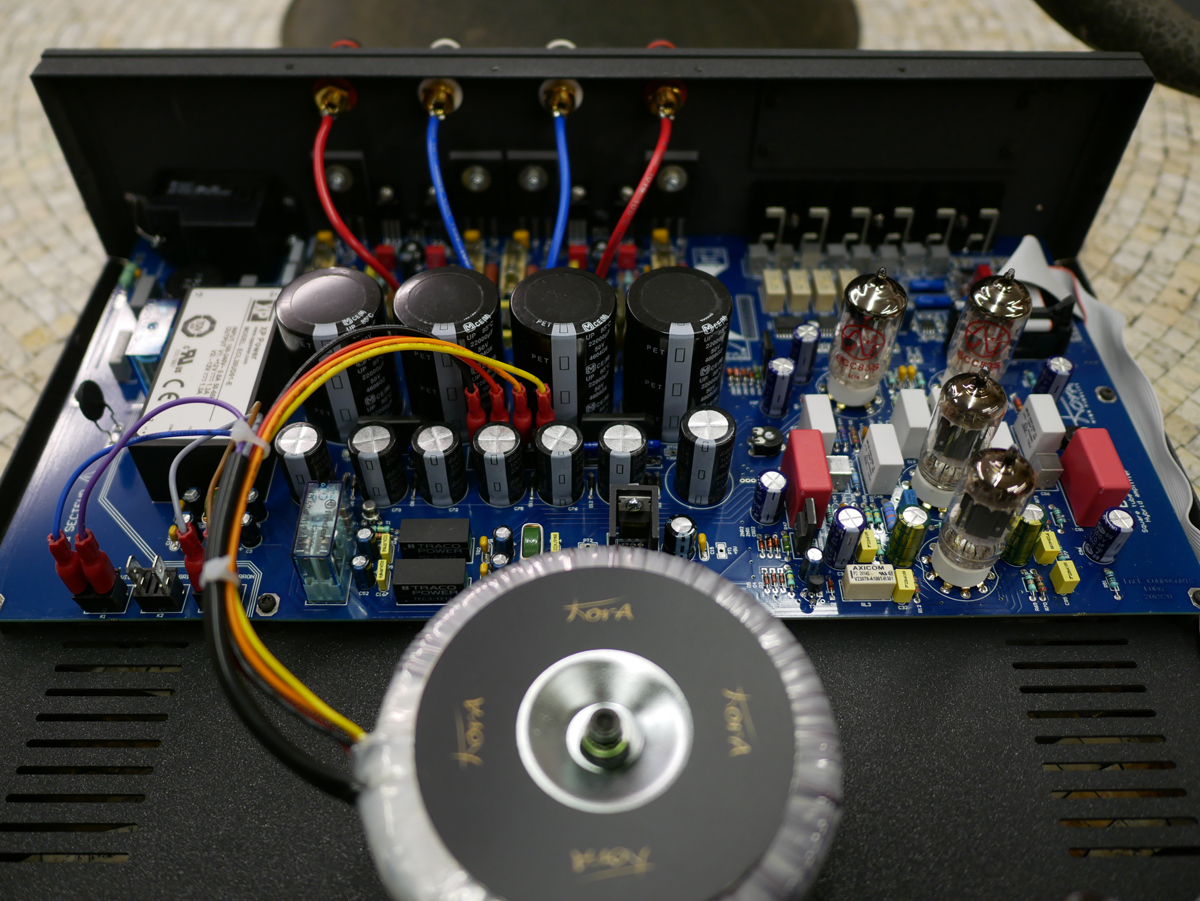
While the Kora’s insides are not standard, using the Kora TB140 could not be any easier. Make your connections, plug her in, turn her on, and play. For the majority of my listening time I paired the Kora with the DeVore Fidelity O/93s and totaldac d1-tube DAC/Streamer, while my trusty Rega P3 (2000) mounted with the Nagaoka MP-110 MM Cartridge handled the vinyl.

Are We Clear? Crystal
Let’s forget all about Square Tube circuits, transformerless tube amps, and tubes in general because none of these things will tell you how the Kora TB140 sounds. In a word, it sounds crystal clear. It sounds pure.
If you’re thinking these descriptors carry negative connotations, clear your mind of those preconceptions because the Kora TB140 also sounds rich and harmonically right, with nary a hint of leanness. I would say one of the aspects of the TB140’s performance that elevates it to — damn this sounds great — levels is this marriage of crystal clear clarity and timbral richness. Add to that an iron-fisted control of the speakers regardless of the music being pumped through it, and we have all the makings of a musically great time.
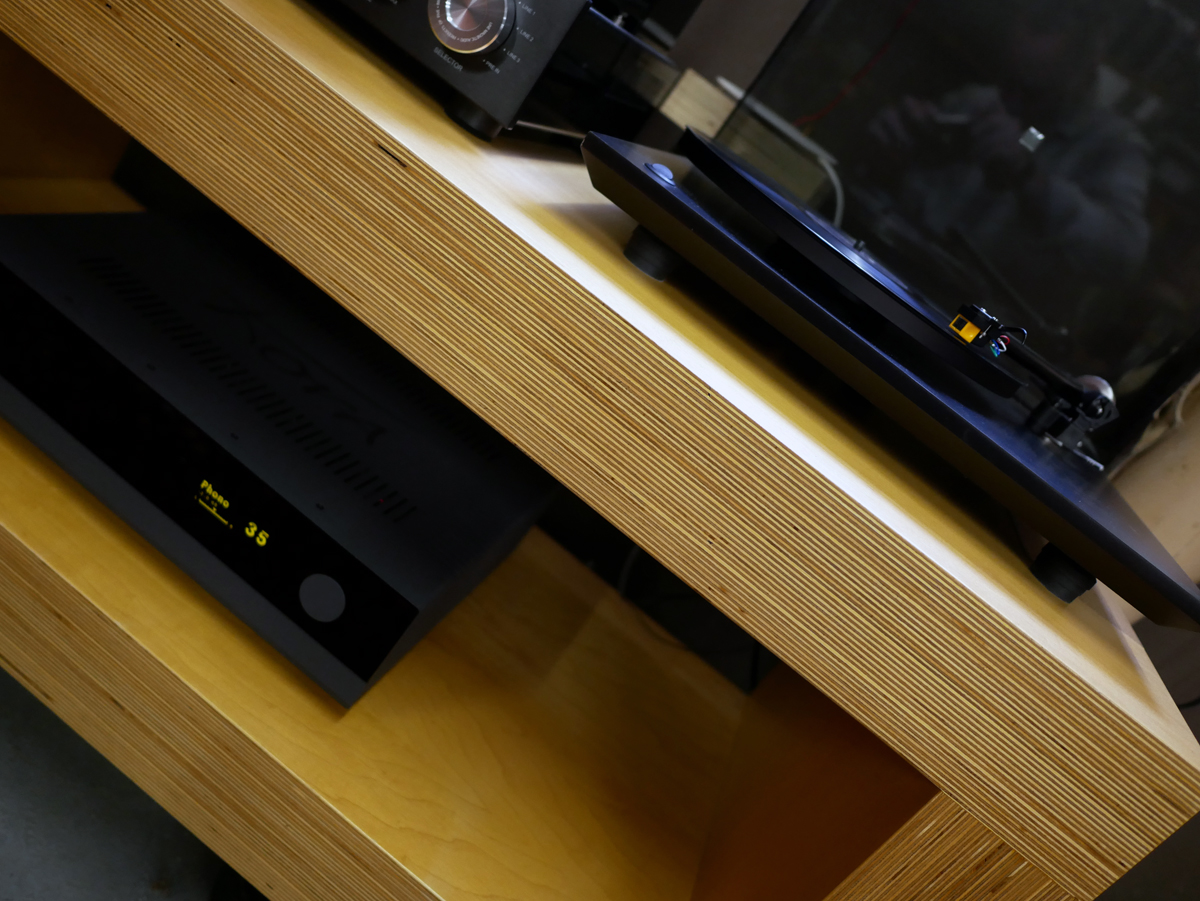
Another aspect of the Kora’s presentation that came to light when I was spinning some LPs was its ability to pull out every detail in a recording as if it was somehow illuminated from within. I’m not talking about that infamous ‘tube glow’ of warmth like a blanket over everything, rather the opposite effect of revealing what’s on and in a record with a very natural sounding light. “Red Bird Morning” from S.G. Goodman’s Old Time Feeling, I bought the signed copy, shines with Goodman’s radiant powerful voice and every subtle shift and inflection is brought to light by the Kora. I can’t imagine anyone but the most persnickety would find fault with the Kora’s phono stage.
I’ve been obsessing over “Es Regnet” as sung by Teresa Stratas on The Unknown Kurt Weill and her voice rings out bell-like through the Kora, caressing John Cocteau’s words with a charm second to none. Character flaws are on full parade in “I Never Talk To Strangers” where Bette Midler and Tom Waits trade barbs and eventually cosy up and the contrast between Midler’s saccharine smooth crooning and Wait’s gravel infested beat poète maudit is presented in all its glory through the Kora. We’re talking full spectrum sound.

Unfortunately, I don’t have any speakers on hand that are ridiculously difficult to drive and the DeVore O/93s are a real pushover when it comes to amplifier pairing with their 93 dB/W/M sensitivity / 10 ohm load. So the only thing close to a torture test was provided by the Golden Ear BRX standmount speakers whose 90dB sensitivity and nominal impedance stated as being “Compatible with 8 ohms.” The Golden Ear / Kora TB140 pairing produced some very sweet sound, at once delicate and detailed while conveying plenty of body and drive. I have to say I am continually delighted with the Golden Ear BRX and the Kora pulled the same illumination trick with the BRX as it did with the DeVore O/93s, making each recording sound revealed through light. Nick Cave’s emotive quivering cover of T. Rex’s “Cosmic Dancer” was presented with incredible clarity where every nuance in Cave’s voice was there for the taking.
The Ayre EX-8 (see review), used as just an integrated amp with the totaldac feeding it converted bits, made for an interesting comparison. I would also put the Ayre on the very revealing side of the scale and it provided a superb grip on the DeVore O/93s as well. One immediate difference when switching to the Ayre from the Kora was an increase in the size of the sound image. Nick Cave and the band had more separation between them as well as a greater sense of scale. By comparison, the Kora presented a tighter sound image. I would also give an advantage to the Ayre in terms of bass impact, where things sounded a bit more physical. In the Kora’s corner I found that its ability to illuminate the recording with that sense of sparkle and micro-delicacy made the Ayre sound a bit less fully fleshed out in this regard. The Ayre Ex-8 comes in at $5990 as an integrated amplifier only, it does not offer a phono input, or roughly $750 more than the Kora and to my way of hearing the choice between these two comes down to a matter of taste as opposed to better/best.

While I don’t want to get all comparison crazy, the Line Magnetic LM845iA ($4895) is also here for review and it’s a classic tube integrated amplifier with little tubes, big tubes (845s) and an output transformer. Would it surprise you to learn that the LM845iA was the most full-bodied of the bunch? I didn’t think so as the LM845iA sounded more muscular and rich compared to the Kora and Ayre. The LM845iA also sounds rather huge by comparison, presenting a big, bold sound image limited only by the dimensions of the Barn.
While the LM can also do delicate, the Kora edges it out in terms of nimbleness and quickness, sounding more able to start and stop on a thin dime. Don’t get me wrong, the LM845iA is no slouch, but the fact of this matter is the Kora excels in this area too — the TB140 is a micro-dynamic champ. In terms of illumination — I’m nearly cringing as I write these words while looking over at the LM845iA’s glowing hot 845s but I’m committed to this descriptive, for better or worse — the LM provides a more all-over sense of glowing sonic richness. The Kora, by contrast, appears to caress every last detail in the recording with its own light. Perhaps this quality can also be referred to as a richer sense of micro-detail.
Over the weeks of playing all manner of music through the Kora TB140, I rarely thought about anything other than — what should I play next. This ability, more than any other, is the ultimate gauge of every hifi component and the TB140 passed with topology-defying presence.
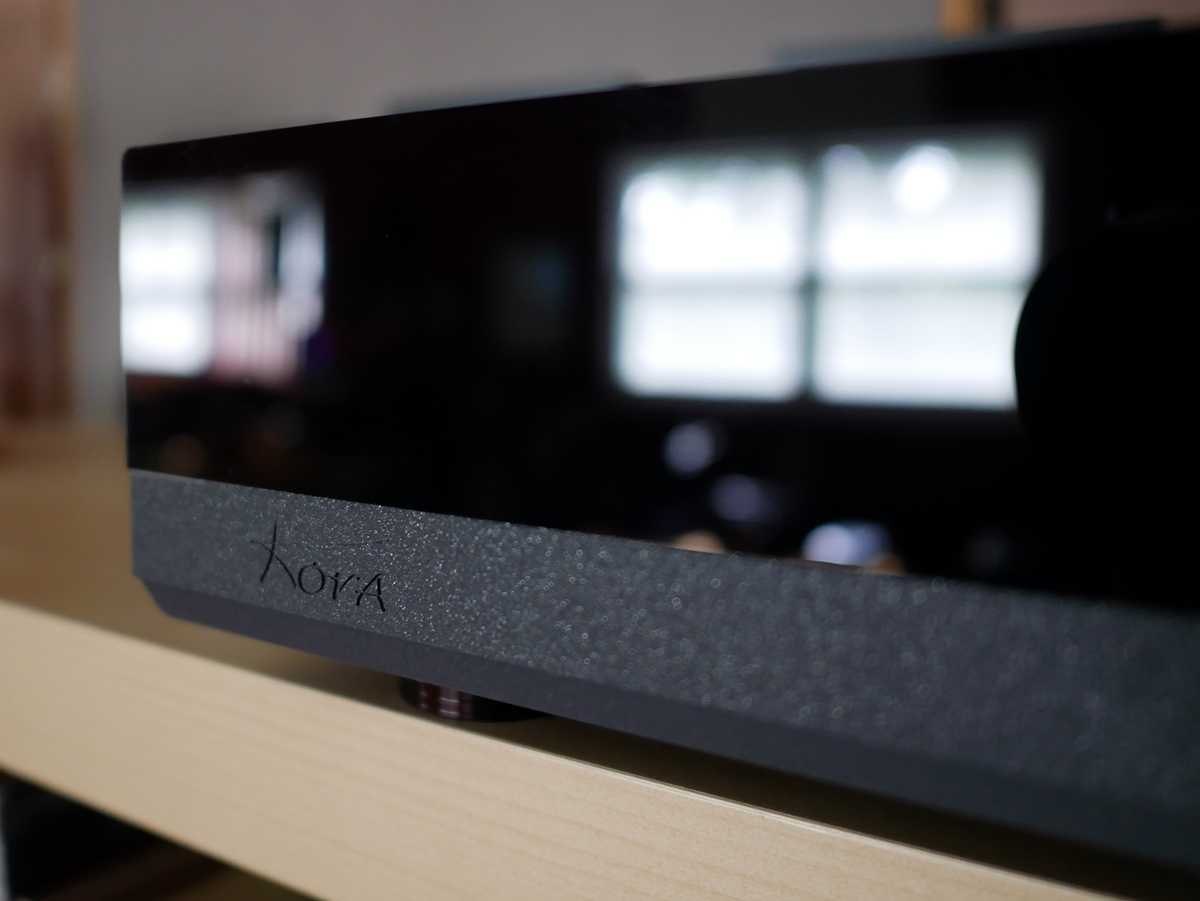
All That and Tubes, Too
Tubes. Just saying the word brings to mind all manner of sonic baggage. When people refer to that “tube sound” I often think they must not have listened to many tube amps. That being said, I fell right into the tube trap of talking about light and illumination like someone seeing a candle for the very first time. Sheesh. Sometimes you gotta go where the feeling moves you…
The Kora TB140 delivers an addictive and rather unique presentation offering a deep dive into music’s inner workings without sounding analytical or contrived. It’s ability to bring music back from its recorded slumber in such a revealing and fleshy manner make it a serious contender for anyone searching for an integrated amplifier that leaves thoughts of tubes and topologies behind, obscured by music’s living force.
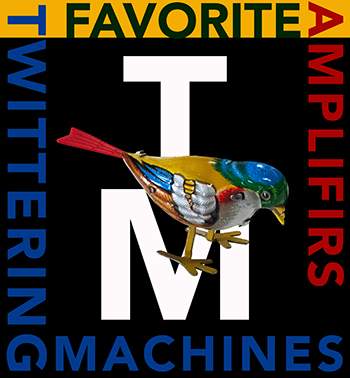
Kora Audio TB140 Integrated Amplifier
Price: $5250.00
Company Website: Kora
US Distributor: Prana Distribution

